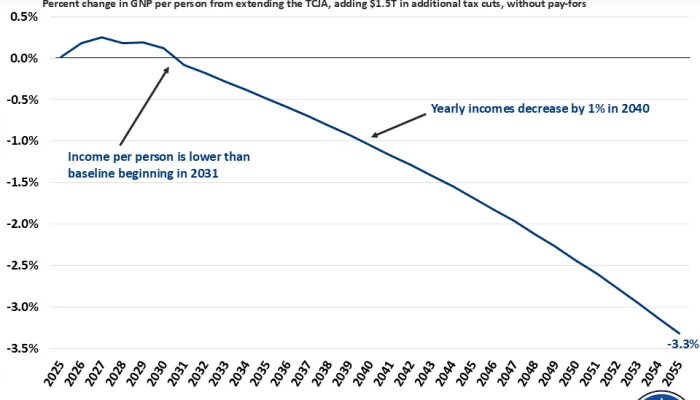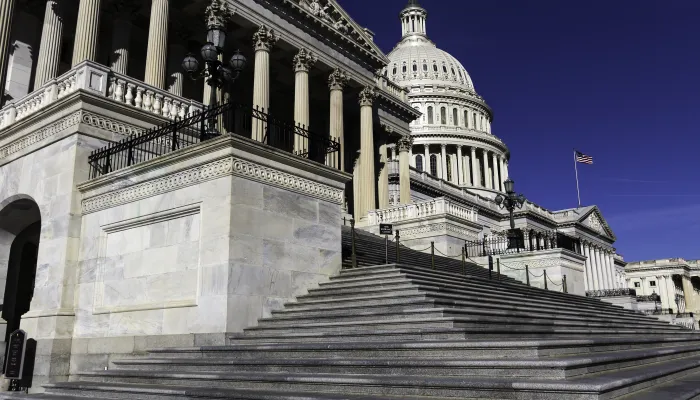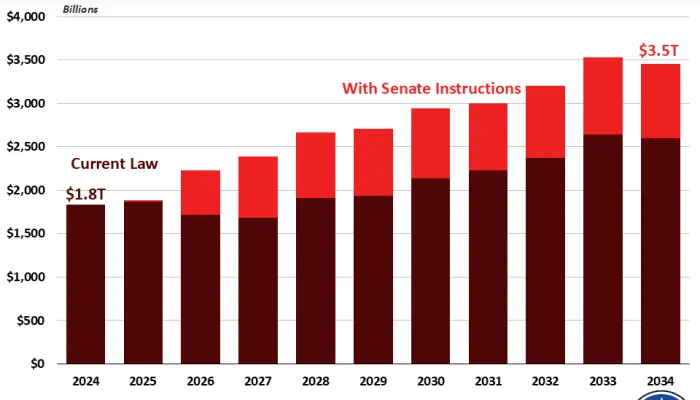How Will GDP Numbers Affect Debt Outlook?
Recently revised data from the Bureau of Economic Analysis shows that Gross Domestic Product is about 1.3 percent larger than previously reported and has been somewhat larger than previously believed going back to 2019. This revision could modestly reduce current and projected debt-to-GDP, but would leave debt on an unsustainable trajectory.
The Congressional Budget Office's June 2024 Budget and Economic Outlook projected that debt would reach 99 percent of GDP at the end of Fiscal Year (FY) 2024, a record 106 percent of GDP in 2027, and grow to 122 percent by Fiscal Year (FY) 2034.
Given the upward revision to GDP and actual debt numbers, it now appears debt will have totaled about 98 percent of GDP at the end of FY 2024 (actual numbers will depend on third quarter GDP numbers and future revisions).
Going forward, debt is also likely to be somewhat lower than projections, though it is unclear by how much. Assuming output remains 1.3 percent above CBO's projections, but spending and revenue don't change, debt would reach 121 percent of GDP (instead of 122 percent) by the end of 2034. If output also grows about a quarter percentage point faster -- as in recent years -- debt would reach 118 percent of GDP. In both of these scenarios, debt would reach a record 106 percent of GDP in 2028 instead of 2027.

Despite this stronger economic growth, debt as a percent of GDP still soared from 79 percent in 2019 to 98 percent in 2020 as lawmakers responded to the COVID-19 crisis, and will continue to grow rapidly to about 120 percent of GDP by the end of the decade -- well above previous records. While economic growth can improve our fiscal outlook, a growing economy alone will not be enough to put our debt on a sustainable path. Moreover, rising debt itself slows economic growth.
Lawmakers should pursue significant fiscal goals and pro-growth deficit reduction to ensure the debt and economy are on a sustainable path.
Note that CRFB will continue to use CBO's June baseline, despite its outdated GDP numbers, until a new baseline is released.


